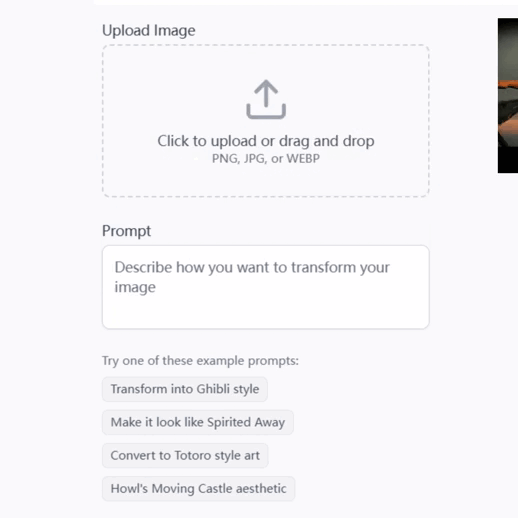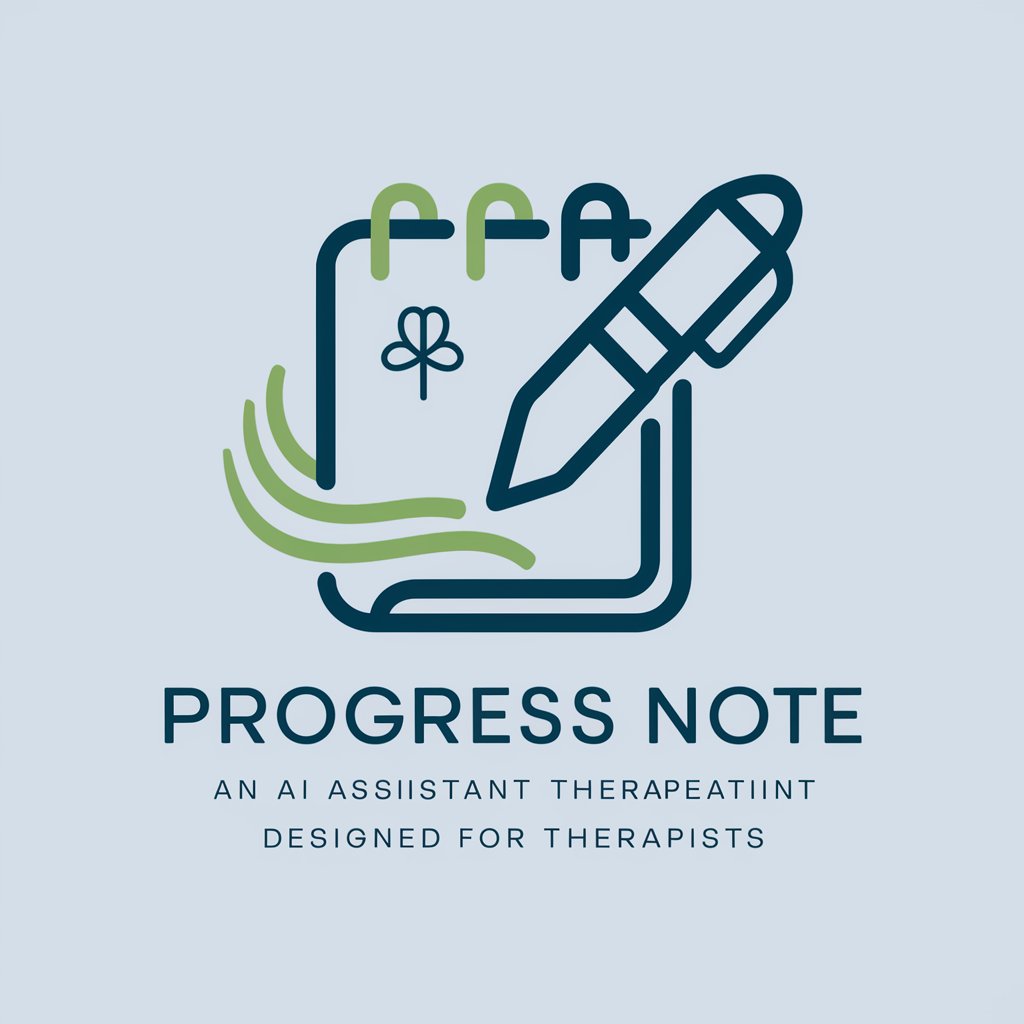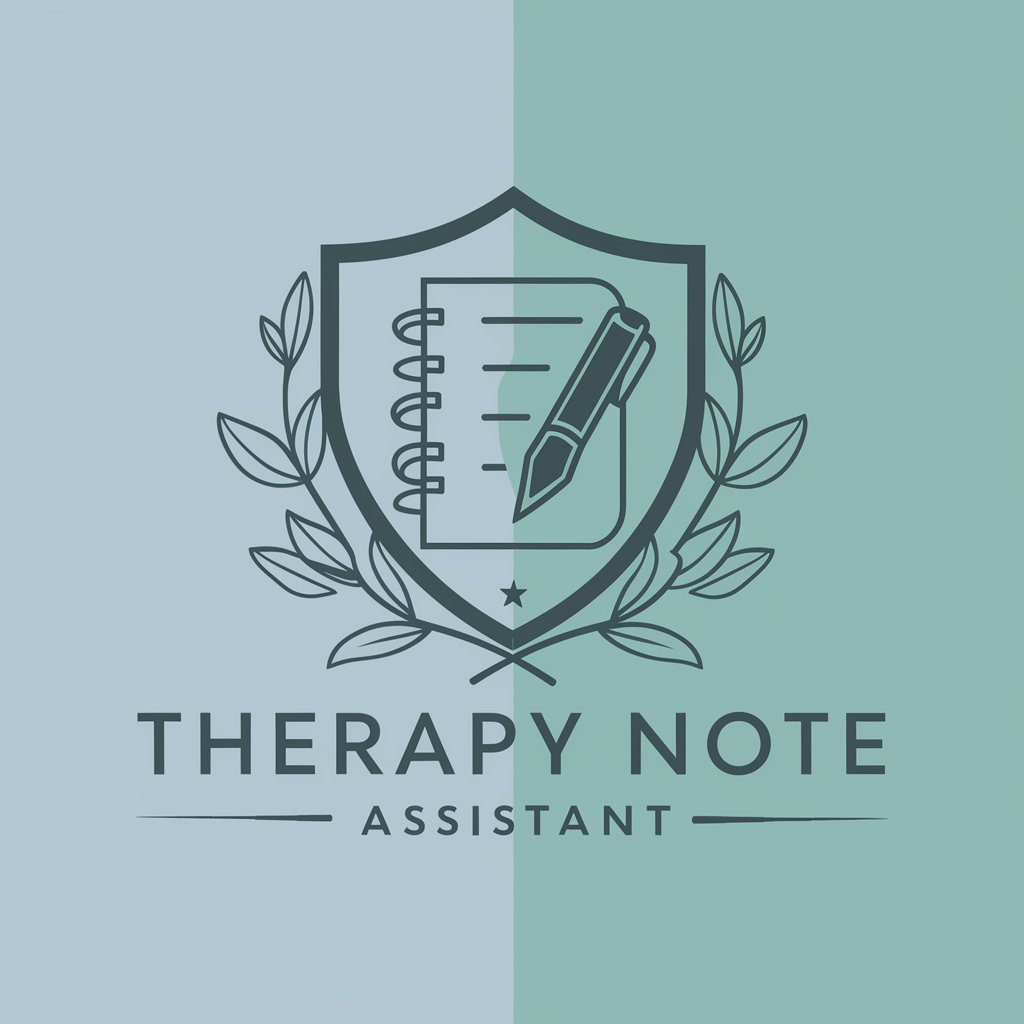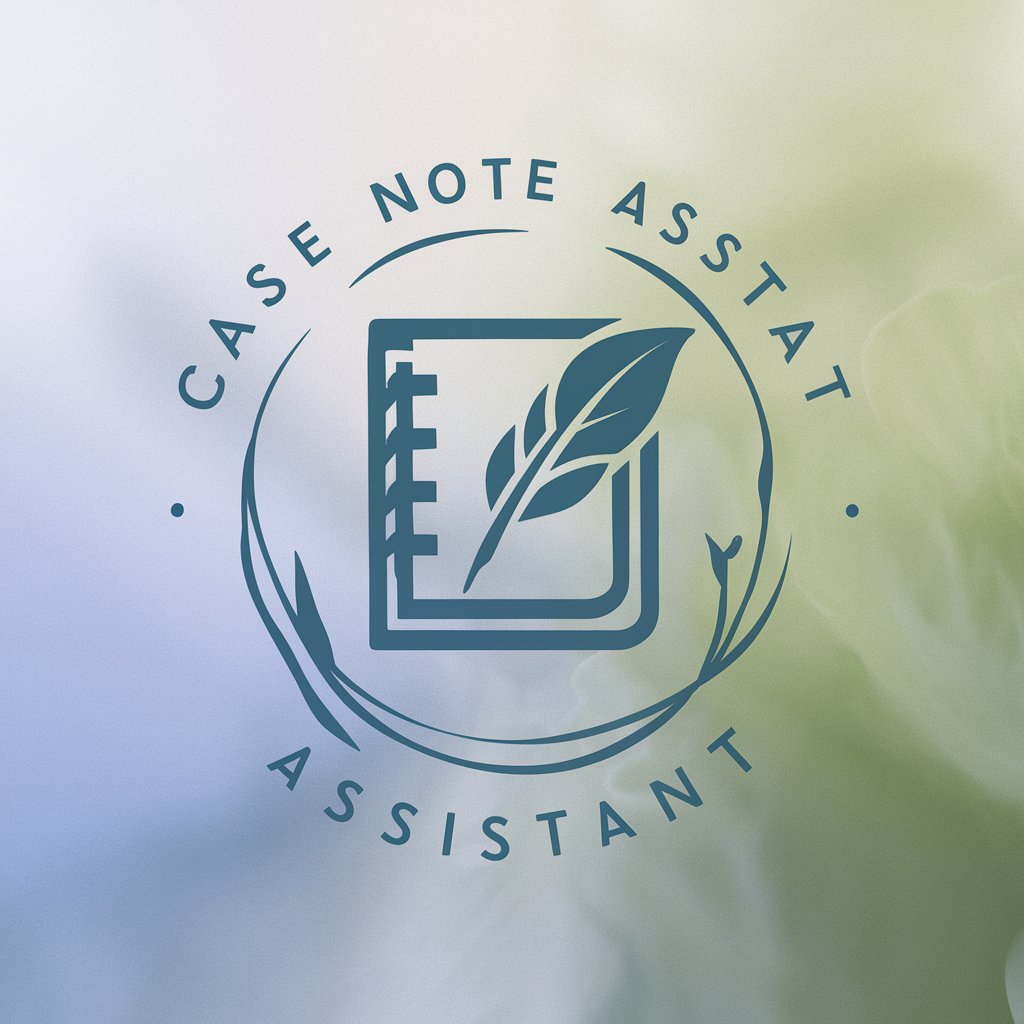
Therapy Note Assistant - therapy notes assistant for CBT

Hello! Ready to work on therapy notes?
AI-powered tool for CBT documentation
How to start a therapy session note?
What should I include in today's session summary?
Tips for maintaining consistency in notes?
How to document client progress effectively?
Get Embed Code
Introduction to Therapy Note Assistant
The Therapy Note Assistant is designed as a specialized tool to help mental health professionals craft high-quality, comprehensive therapy notes, with a focus on Cognitive Behavioral Therapy (CBT) techniques. It ensures that therapy notes meet medical necessity standards while accurately reflecting therapeutic interventions. By integrating technical mental health terms and emphasizing CBT interventions, the Assistant helps therapists document client progress, therapeutic goals, and techniques such as cognitive restructuring or behavioral activation. It streamlines the process of writing notes, reducing the cognitive load on clinicians, and ensuring consistency across documentation. For example, during a session where a client is working through distorted thinking, the Therapy Note Assistant can help capture the client's thought patterns, the therapist's interventions, and the client's response, all framed in appropriate clinical terminology. Powered by ChatGPT-4o。

Core Functions of Therapy Note Assistant
Accurate Documentation of CBT Interventions
Example
A therapist helps a client challenge negative automatic thoughts using Socratic questioning. The assistant suggests how to document the specific thought patterns challenged, the therapist's approach, and the client’s cognitive shift in response.
Scenario
In a session where a client with depression expresses hopelessness, the therapist uses cognitive restructuring to help the client reframe their belief that 'nothing will ever get better.' The Therapy Note Assistant provides structured language to document this intervention, including specific CBT techniques, client progress, and follow-up plans.
Ensuring Medical Necessity in Notes
Example
A therapist treating a client with anxiety might need to ensure that the therapy notes reflect interventions relevant to the client's treatment plan. The assistant helps to document symptoms, treatment objectives, and clinical interventions in a manner that meets insurance or regulatory requirements.
Scenario
A client presents with Generalized Anxiety Disorder. During a session, the therapist uses progressive muscle relaxation (PMR) and guided imagery. The Therapy Note Assistant provides language to document these techniques, ensuring the notes highlight their therapeutic value and align with the client's treatment plan.
Streamlining Note-Taking Process
Example
A therapist might find it time-consuming to write notes after each session, especially when dealing with multiple clients in a day. The assistant allows for efficient note-taking by offering pre-structured formats that therapists can customize.
Scenario
Following back-to-back therapy sessions, a therapist uses the assistant to document each client's progress more quickly. For example, after a CBT session focused on challenging cognitive distortions, the assistant suggests phrases to capture the main intervention, client response, and follow-up plan.
Integration of Technical Mental Health Terminology
Example
For a therapist working with trauma clients, the assistant might suggest language to accurately describe therapeutic interventions like grounding techniques, exposure therapy, or narrative processing.
Scenario
During a trauma-focused session, a therapist uses exposure therapy to help the client confront distressing memories. The Therapy Note Assistant offers the proper terminology and phrasing to document the client's reactions, the therapist’s approach, and the therapeutic outcome.
Consistent Note Format and Compliance
Example
A therapist working in a large practice must adhere to consistent documentation standards. The assistant ensures that notes are uniformly formatted across sessions and clients, facilitating compliance with agency or legal requirements.
Scenario
At a busy mental health clinic, therapists need to meet documentation standards across a large client base. The assistant ensures uniformity in notes, helping with compliance and reducing the risk of errors in documenting clinical services.
Target User Groups for Therapy Note Assistant
Mental Health Therapists Specializing in CBT
Therapists who primarily use CBT will find the Therapy Note Assistant particularly useful because it emphasizes documenting key interventions such as cognitive restructuring, behavioral experiments, and thought challenging. By helping structure notes around these interventions, it ensures accurate reflection of therapy progress and outcomes.
Clinicians in High-Volume Practices
Therapists working in high-volume settings, such as community mental health clinics or group practices, will benefit from the assistant's ability to streamline the note-taking process. It helps reduce the administrative burden and ensures that notes are completed in a timely manner while maintaining high-quality documentation.
Supervisors and Clinical Directors
Supervisors responsible for reviewing clinical notes or ensuring compliance will find the Therapy Note Assistant beneficial in maintaining consistency and adherence to documentation standards across their teams. It helps provide structured, clear documentation, reducing discrepancies and making review processes smoother.
Newly Licensed Therapists or Interns
Newly licensed therapists or those in training can benefit from the assistant by learning to document sessions accurately and comprehensively. It guides them in integrating clinical terminology and medical necessity standards, which can be challenging for less experienced clinicians.
Therapists Working with Insurance-Based Clients
For therapists whose clients rely on insurance for reimbursement, the Therapy Note Assistant ensures that therapy notes meet medical necessity criteria. This helps reduce claim denials due to insufficient documentation and ensures proper billing for therapeutic services.

How to Use Therapy Note Assistant
1
Visit yeschat.ai for a free trial without login, also no need for ChatGPT Plus.
2
Navigate to the Therapy Note Assistant and select the desired therapy note type or format, tailored for mental health documentation.
3
Enter client information, session details, and key points discussed during therapy. Include CBT techniques and interventions as applicable.
4
Use the assistant's prompts or customize responses to include cognitive restructuring, behavioral experiments, and thought tracking for CBT integration.
5
Review and save your note to ensure it meets clinical standards and medical necessity criteria before exporting it to your electronic health record (EHR) system.
Try other advanced and practical GPTs
Health Companion
Empowering wellness with AI
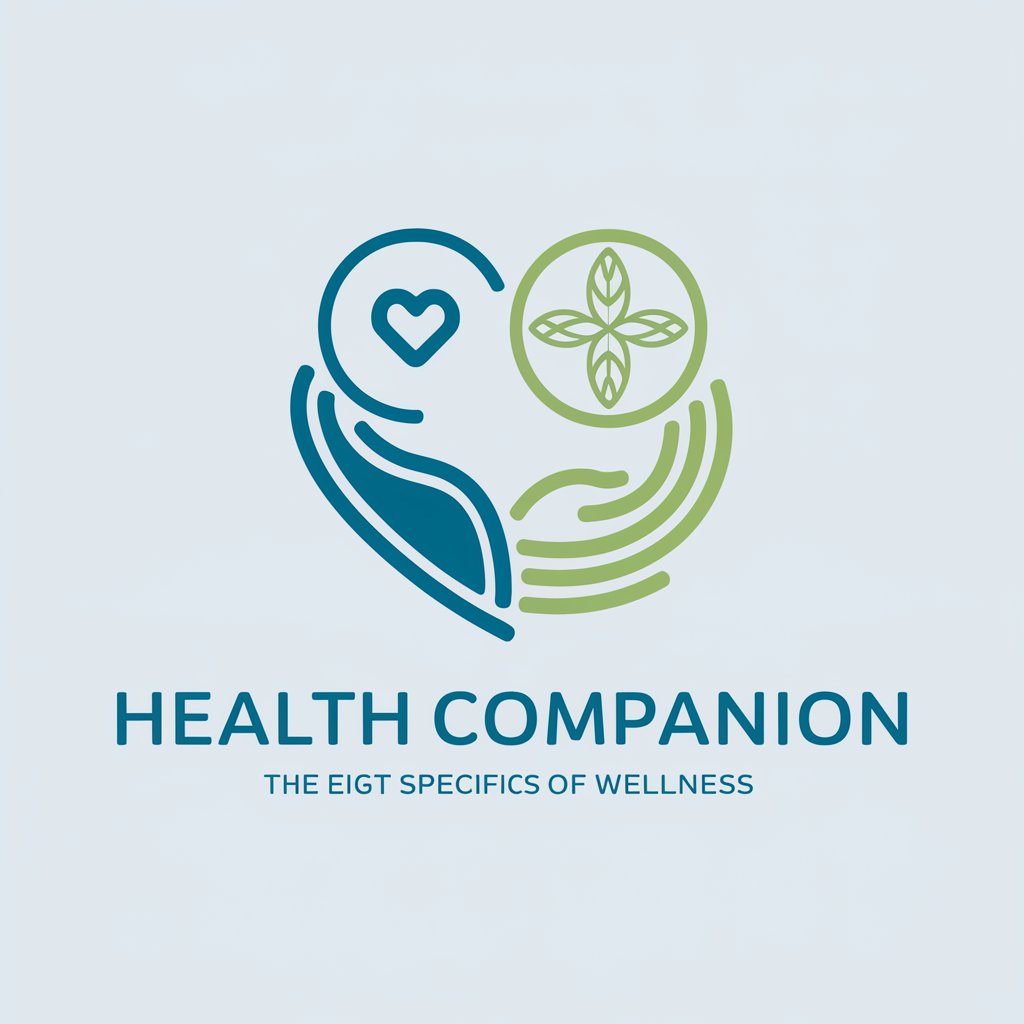
Wellness Guide
Empowering Mental Wellness with AI

Wellness Wizard
Empower Your Health with AI
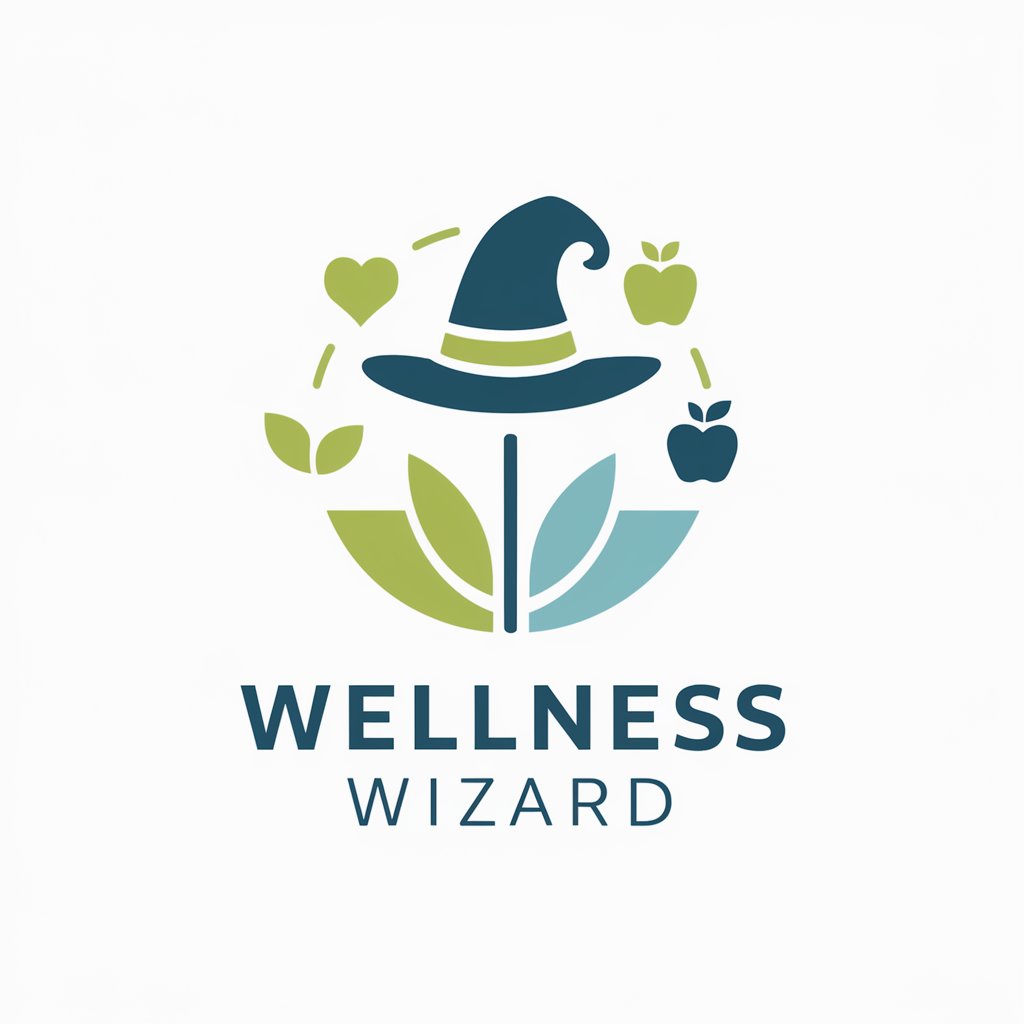
Wellness Guide
Empowering wellness with AI guidance
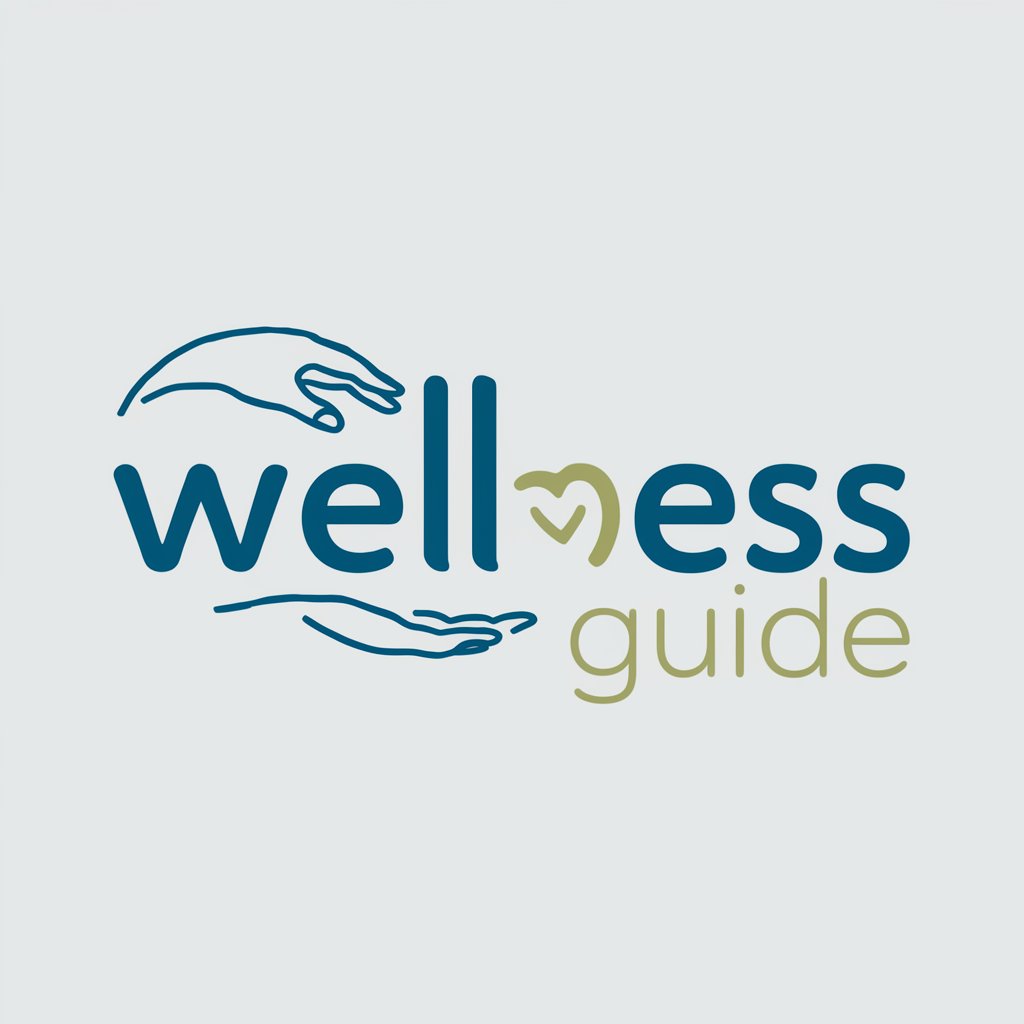
ed physical exam
Streamlining Emergency Medicine Documentation
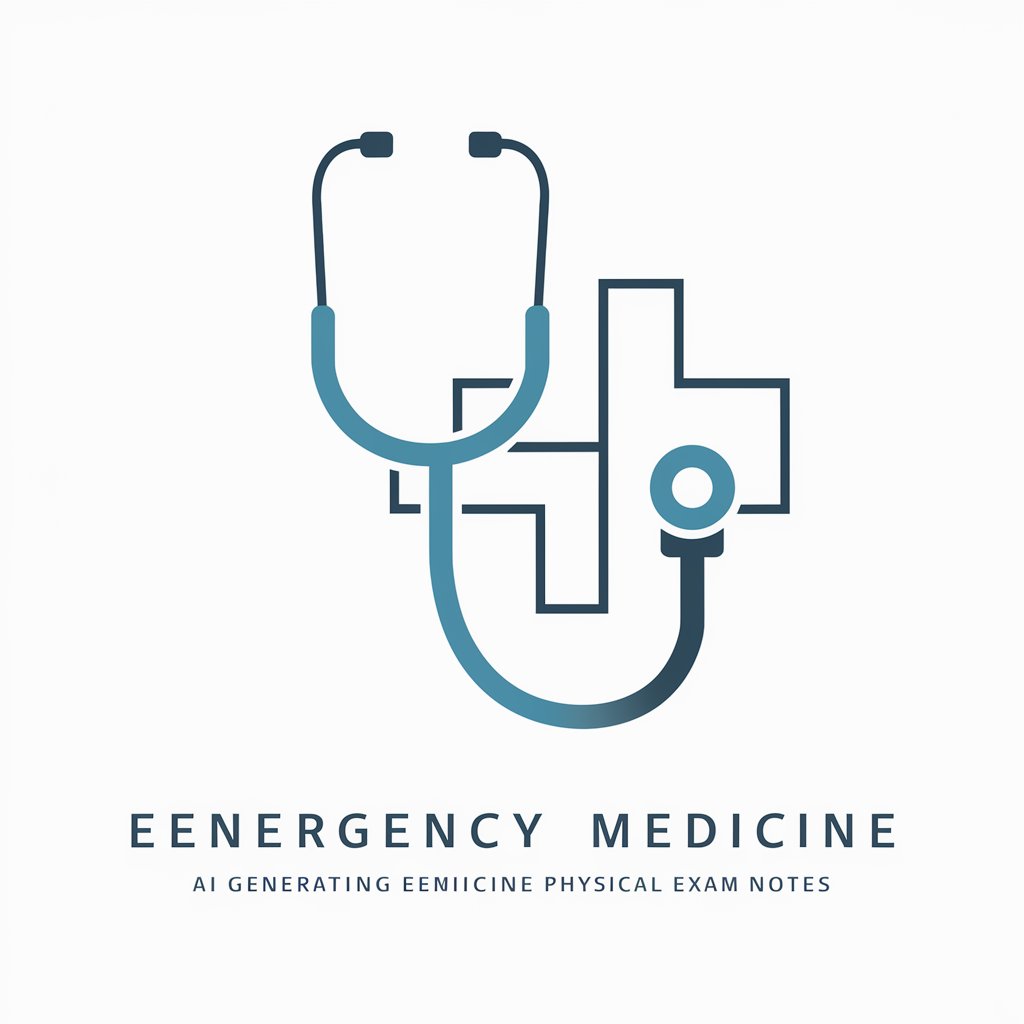
ADHD Assistance
Optimize your ADHD brain with AI
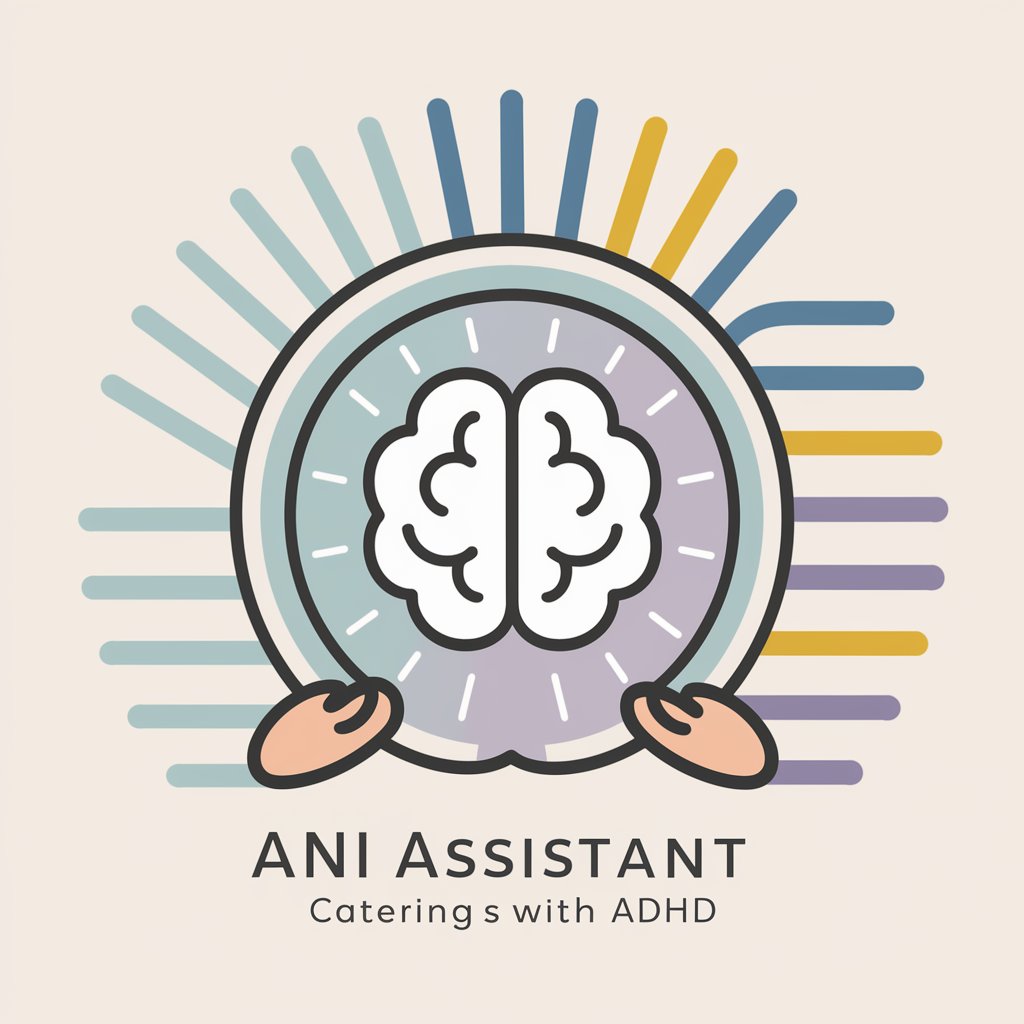
Therapy GPT
AI-powered CBT support for emotional well-being

Motivational Psychologist
Empowering Your Potential with AI

Empathic Psychologist
Empowering Insights, AI-Driven Psychology

Compassionate Psychologist
Navigate Emotions with AI-Powered Guidance
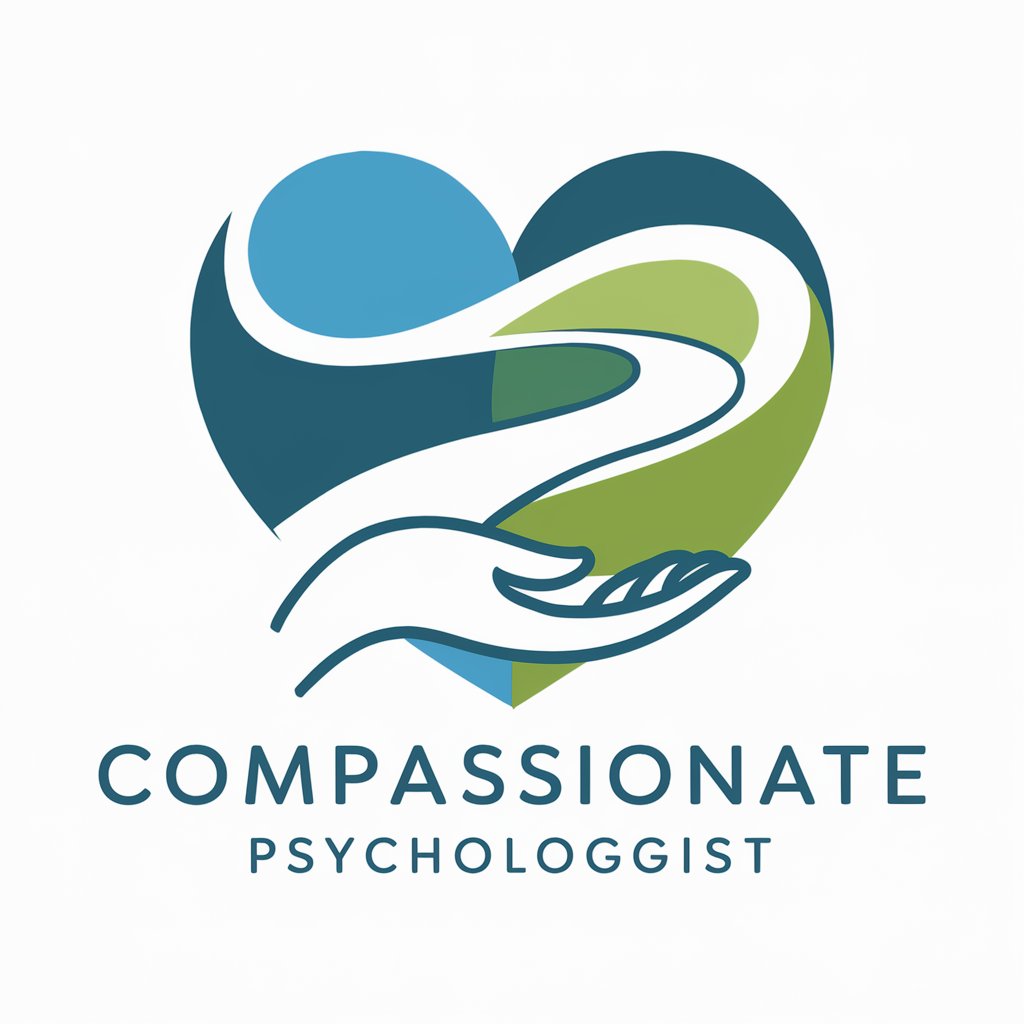
Adventist Ministry Assistant
Empowering ministry with AI-powered guidance
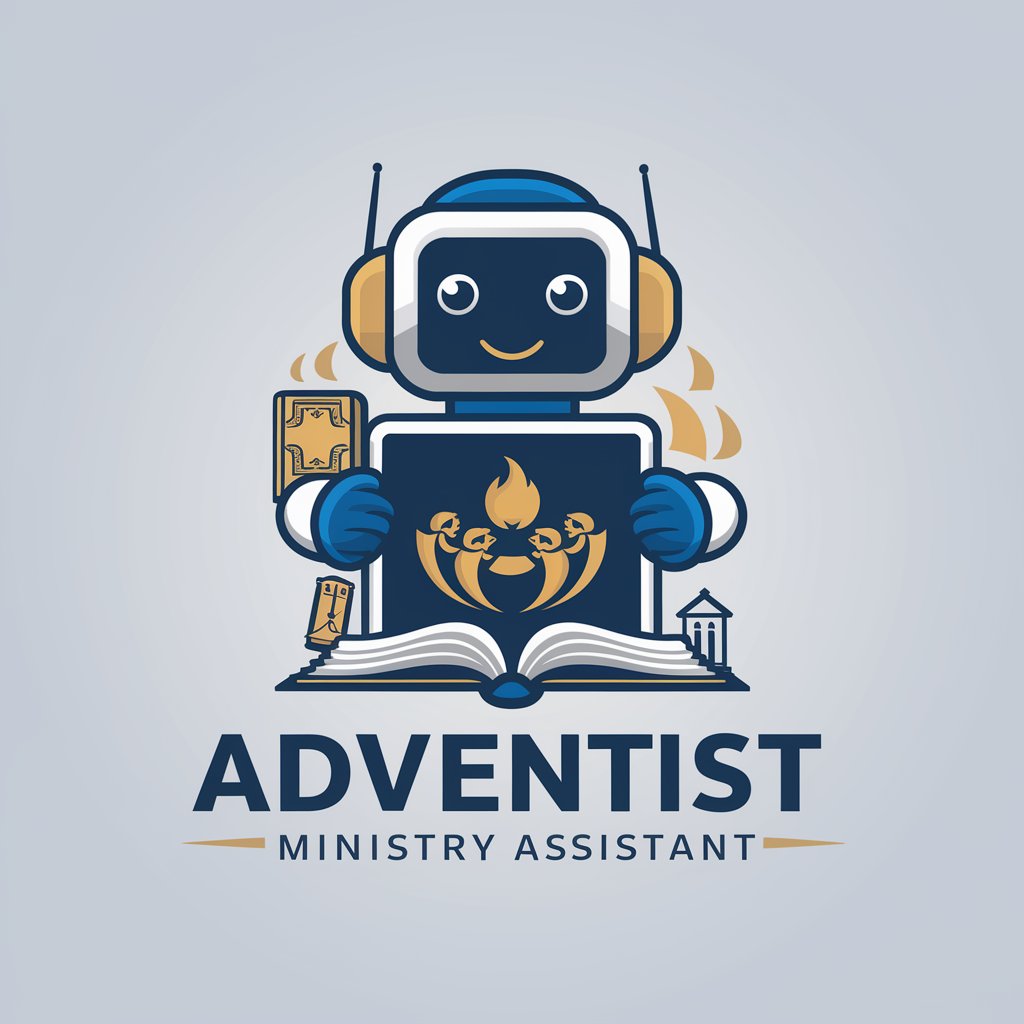
HR DEI and Latino Ministry Expert
AI-powered DEI and Ministry Expertise
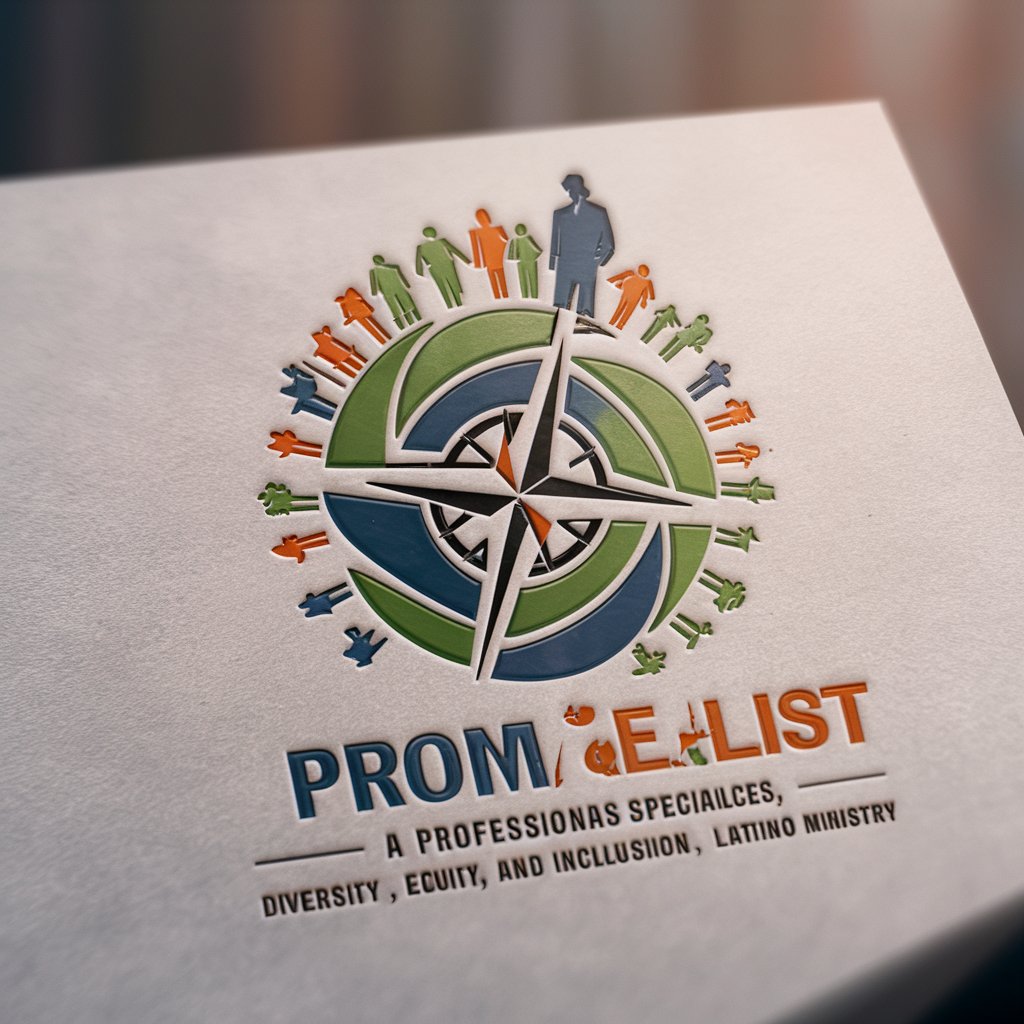
Frequently Asked Questions about Therapy Note Assistant
What is the Therapy Note Assistant designed for?
Therapy Note Assistant helps mental health professionals document therapy sessions, ensuring notes meet clinical standards, incorporate CBT interventions, and address medical necessity requirements efficiently.
Can I use this tool for non-CBT sessions?
Yes, the tool is versatile and can be used for various therapeutic approaches, but it has special features that assist in documenting CBT techniques like thought tracking, behavioral activation, and cognitive restructuring.
Does Therapy Note Assistant work with Electronic Health Records (EHR)?
While Therapy Note Assistant does not integrate directly with EHRs, it allows you to export your notes in a format that can be easily uploaded to most EHR systems.
Do I need any specific prerequisites or tools to use Therapy Note Assistant?
No, there are no specific prerequisites. It's a web-based tool that can be accessed from any device with internet connectivity, and no additional software is required.
How does Therapy Note Assistant improve documentation efficiency?
By providing structured templates and prompts based on therapeutic techniques like CBT, the assistant helps streamline the note-writing process, ensuring thorough, compliant, and professional documentation.
